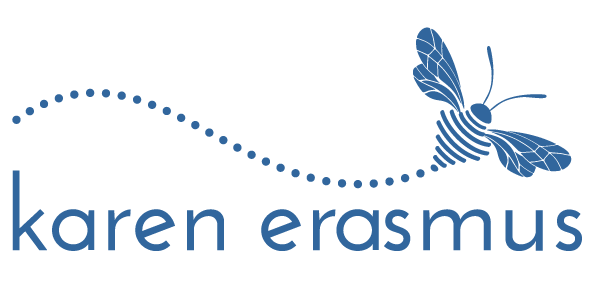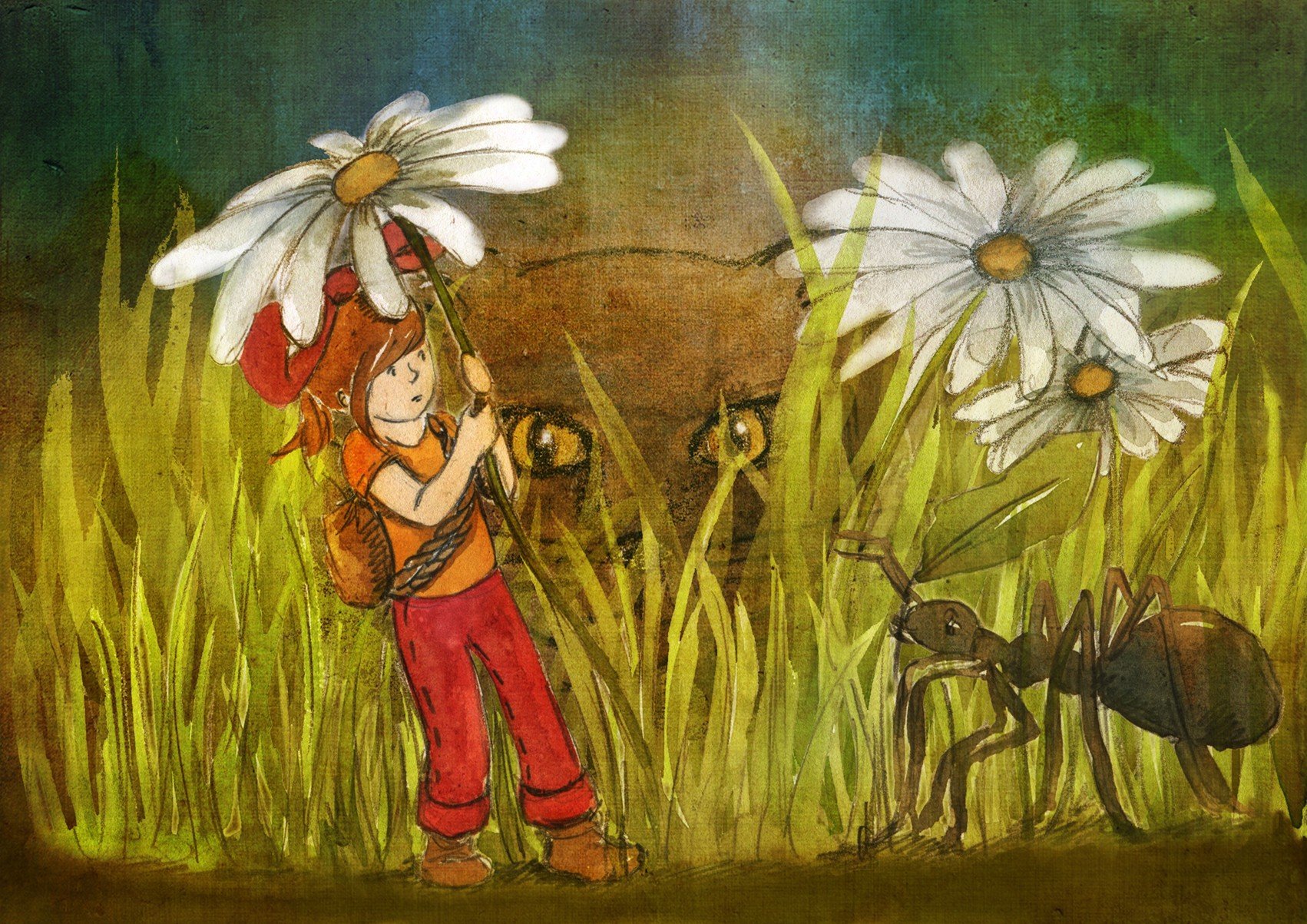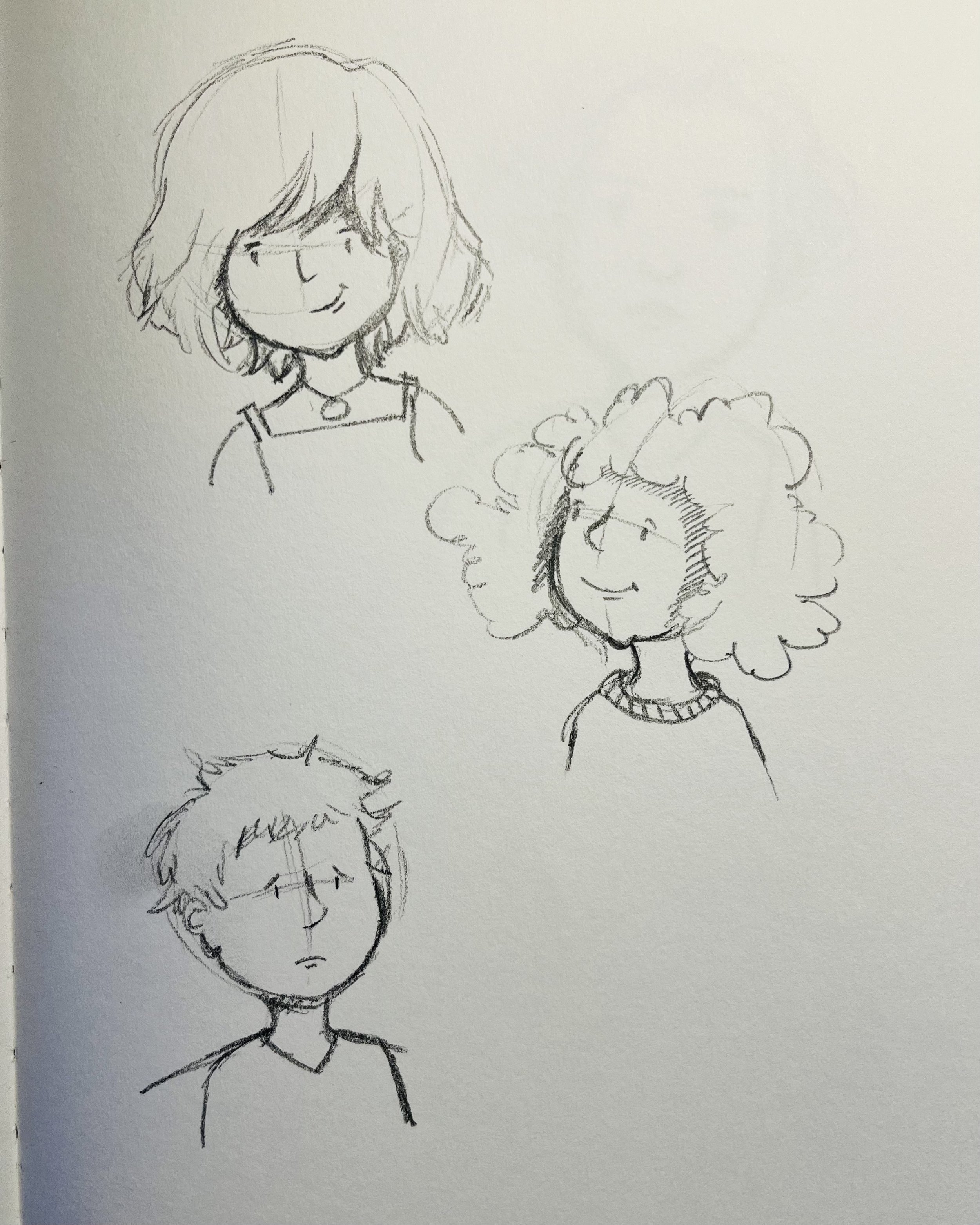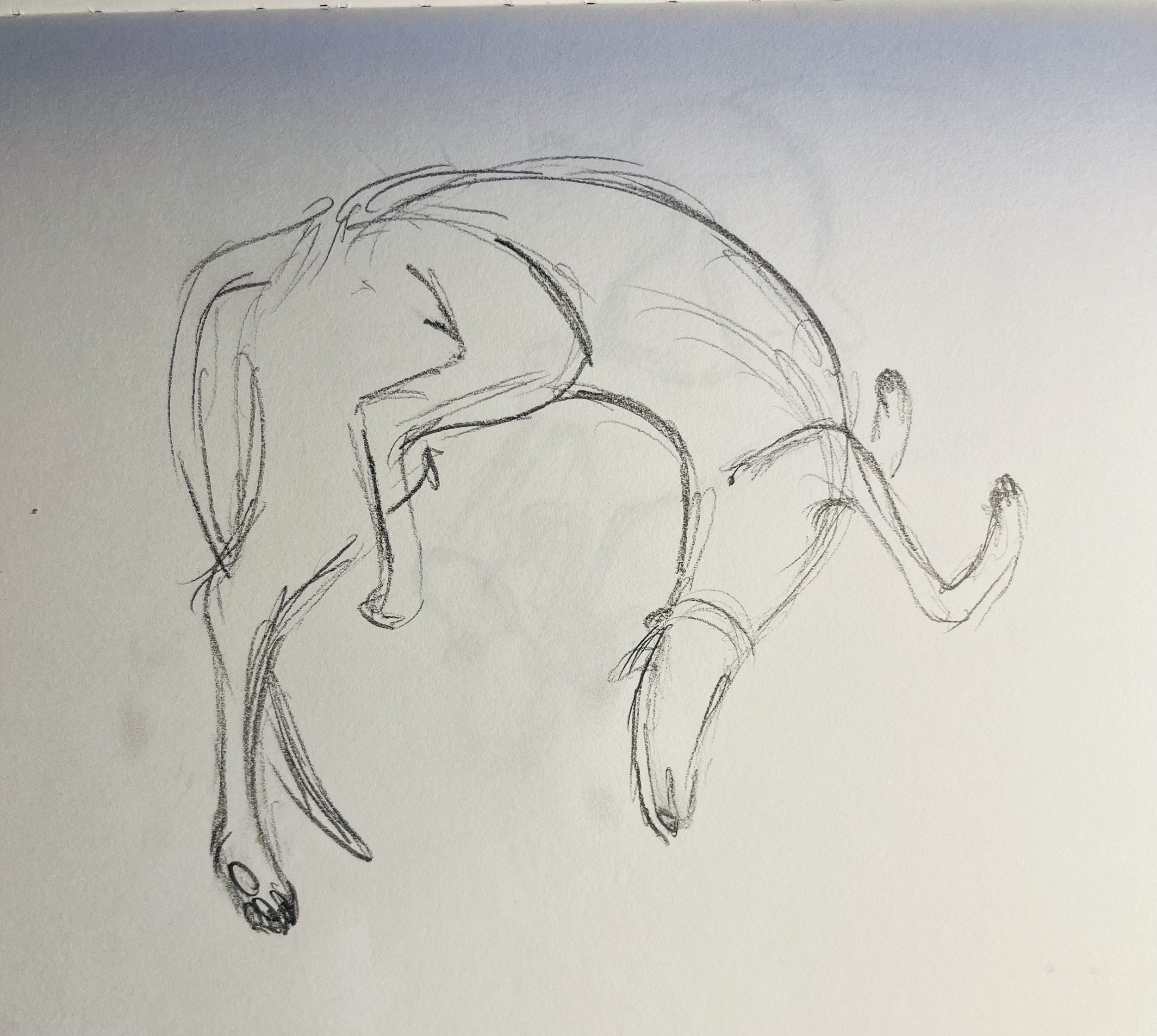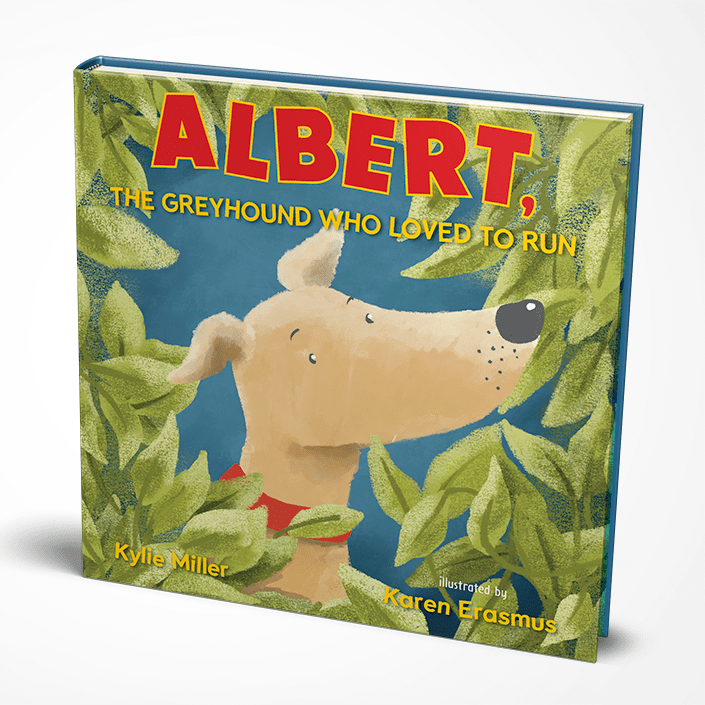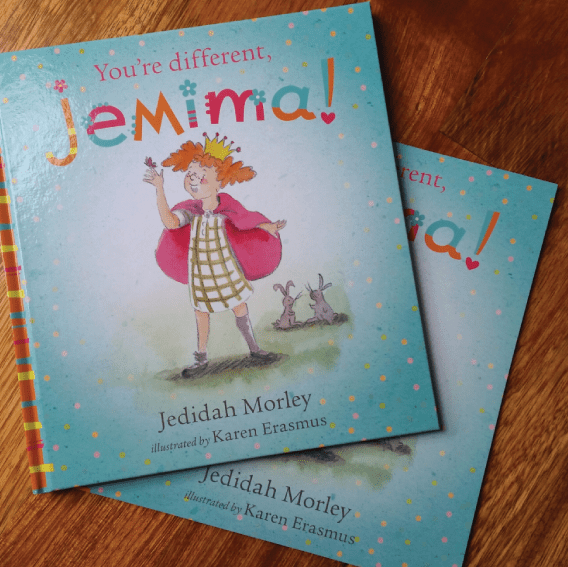Scribbles to Picture Book
Where do you start?
I love the first stages of creating a picture book. Picture books hold a unique position for children in their first years. They offer a way to engage with the written word before they can read. The pictures, and the people who read the words, guide them and show them how stories are told. I have such lovely memories of seeing our girls 'reading' their picture books to little crowds of toys. They either memorised the words or told their own story by reading the pictures. They had worked out which way up the book went, the front cover and the title and how to turn the pages so that the story unfolded in front of them. These sound like simple skills but many children don't get the opportunity to learn them before they start school. I like to remember this when I first get the manuscript for a new book. It's so much more than just drawing pictures for the written words. It creates a small imaginary world for a child to engage with.
Stages for creating a picturebook
Read the manuscript and make the first margin notes and ideas. Sometimes the best ideas come from how you imagine the characters in the first read-through
Conceptual ideas. The look and feel of the whole book. Time, place and possible colour palette.
Character sketches. Getting to know the characters. Sketches from different angles and different expressions or poses.
Thumbnail sketches for each spread. Page planning. These first scribbles for scenes are often the ones that are used. It helps to see them all and work out the variation of full-colour spreads and vignettes. It's also good to consider how you can vary the angles.
Design the page layouts with the text in mind. You have to leave space for the book designer to put the text in. Also, think about the page gutter. This is really important. If you have illustrations over the centre of the pages they will be obscured and difficult to see, so the pages have to be designed carefully.
Plan your workflow. When I was working in watercolour this stage involved stretching 16 pieces of watercolour paper onto boards and labelling each of them with the book title, my name and the page number. Now I work digitally the process is similar but less physically taxing. I create all the pages in Procreate, title them with the page number and stack them with the book title. What's really important to remember here is that the dimensions and resolution are consistent.
All the blues. I draw out the whole book in blue, sketchy lines. These 'blues' form the basis of the roughs. They're great for figuring out the compositions.
Roughs. I draw up the whole book with some basic shading. This is the first submission to the publisher, and sometimes the author.
Back and forth about the roughs between me and the publisher. Generally, a professional publisher will keep all this to a minimum.
Finals! This is all the colour work. I use a limited number of brushes, textures and colour palettes to keep it all consistent.
But it's not over yet!
So, all of the above takes about 6 to 18 months. Oh yes, it is far from a speedy process. I have knocked out a whole picture book in less than three months, but it's not fun for me or the family! When the book finally gets sent to the publisher there are usually some alterations. That's where the digital process really helps because it's so much faster. After this final step it's over to the book designer and the people who print the books. I'm not entirely sure why, but this process seems to take ions of time. Your advance has been paid and you get on with other projects and life in general. Then just when you had forgotten you ever created a picture book a box arrives on the doorstep and it's a magical day! There they all are shiny new picturebooks in all their glory. You bask in your own brilliance for a nanosecond and then look at all the stuff you'd do differently next time.
Eva's Imagination
Five Little Platypuses published by Hachette Children's Books
The Flying Optometrist published by The National Library of Australia
You're Different Jemima published by Empowering Resources
